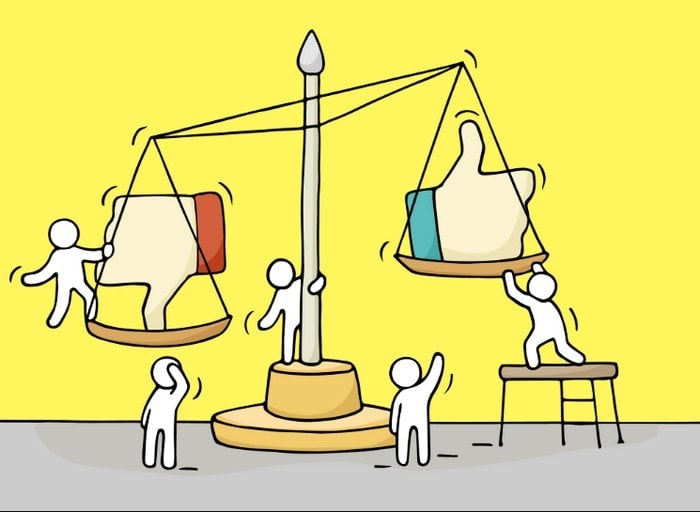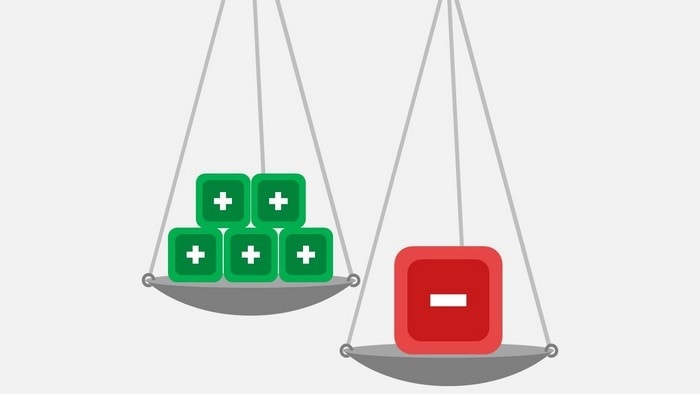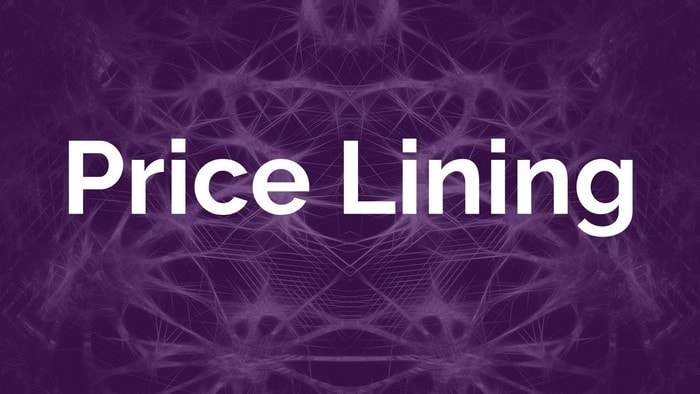Price Lining is a retail marketing technique where Products and services of the same category are grouped in the different price range based on their functions and quality. It is a technique to help consumers to make buying decisions easily based on their requirements and budget.
The price lining technique is also known as the Product line pricing technique. The price lining technique is commonly used by retailers in their store for the display of the products of the same category. The products are displayed based on their level of quality.
The Pricing lining technique is helpful for customers with different purchasing capacity and customers with different requirements. Customers can easily pick the products that they can afford without seeking the help of the salesperson.
The Pricing lining technique has many benefits for both retailers and consumers.
As retailers can generate more revenue by adopting this technique because most customers end up purchasing products at higher prices as they believe that more the price, the better will be the quality of the product.
For example, if you sell water purifier at a different price, then you will observe that the sale of water purifier will be high as compared to the sale of water purifier with lower prices.
Table of Contents
Examples of Price Lining
Let us take the example of Online website XYZ, which provides Coding courses. The courses on the website are divided into different levels, such as basic, Gold, and Platinum. The Basic level of the course contains limited study material and no online practice sheets. The basic course is free of cost and the gold level, of course, is consist of more features and can be accessed at $25 per week. And similarly, the platinum level, of course, consists of maximum features and also provide online practice and certification for the course and the cost of the platinum level is $40 per week. Students who want to take the coding course can select the level of the course based on their requirements and their budget.
Another example of Price lining is an example of Oneplus smartphones. For example, the latest version of Oneplus phones is Oneplus 7 and Oneplus 7 Pro. The price of Oneplus 7 and Oneplus 7 Pro is 499 pounds and 699 pounds respectively. One plus seven pros has better features such as the battery of Oneplus 7 Pro 4000mAh, and the battery capacity of Oneplus seven is 3700mAh, and Oneplus 7 Pro comes with Triple rear camera and Pop upfront camera whereas the Oneplus 7 has Dual camera with a notch front camera.
We can also take the example of Pricing lining in hospitality. There are different types of rooms that at different prices such as Suite, Family suite, Dual occupancy, single occupancy, etc. A suite is a set of rooms for a single person. A family suite is a set of rooms designated for family and rooms with dual occupancy can be occupied by two people, and similarly, rooms with single occupancy are for a single person. Even there is a difference of facilities in these rooms, two vary depending on the price you are ready to pay.
If you want to learn about more examples of pricing lining, then visit a retail store near your home and look at the product shelf. You will find hundreds of examples of price lining.
Advantages of pricing lining
- Price lining provides options to consumers for a single product. They can choose from the range of products on the basis of their budget and on the basis of the particular features that they want in that product.
- Price lining is also beneficial for the companies as they can generate high profits without making huge investments as people usually prefer to products with high prices because they have a single that a product with high price is better in quality.
- Even though companies offer various products, but marketers only have to focus on a single brand. Therefore, price lining reduces the expense of marketing and advertising.
- There is lower labor, and overhead cost as different products can be produced using the same machinery, and the same labor can produce products with different features.
- Price lining helps in reducing inventory as producers know which product to produce more to fulfill the demand.
Disadvantages of Price Lining
- Price lining marketing technique is designed only focusing on the price of the products.
- Even though price lining helps producers to generate Extra revenue, it is put a negative impact on the sale of the expensive product during inflation as people might start buying a cheaper product with a low price to cut the cost.
- Change in the market trends or inflation might leave you with additional inventory.
- It can also put a negative impact on the loyal customers of the brand if they don’t find products worthy of the price.
- Price lining shows that brand doesn’t treat their customers equally as not all customers can enjoy the premium features, and even though they have held on the product of your brand, they will always feel less. For example, even if a person possesses an iPhone if it is not latest, he can not enjoy the premium features of the iPhone.
Is Pricing Lining Effective?
Pricing Lining provides options to people of a different class. If you are a retail store owner, you must have observed people looking at the price tags before making the purchase decision.
Not all customers are equal. Some want premium products no matter what the price is, and some want to buy a good quality product which satisfy their needs and which also fits in their budget too.
So product lining enables you to offer something to people of every class when they visit your store. However, Pricing lining without justifying the higher price might put a negative impression on your customers. Therefore, it is important to plan the Pricing lining properly before implementing it to get the maximum profit.
Thank you for reading our article about pricing lining.
Leave us a comment and let us know about your pricing strategy.
Liked this post? Check out the complete series on Retailing


